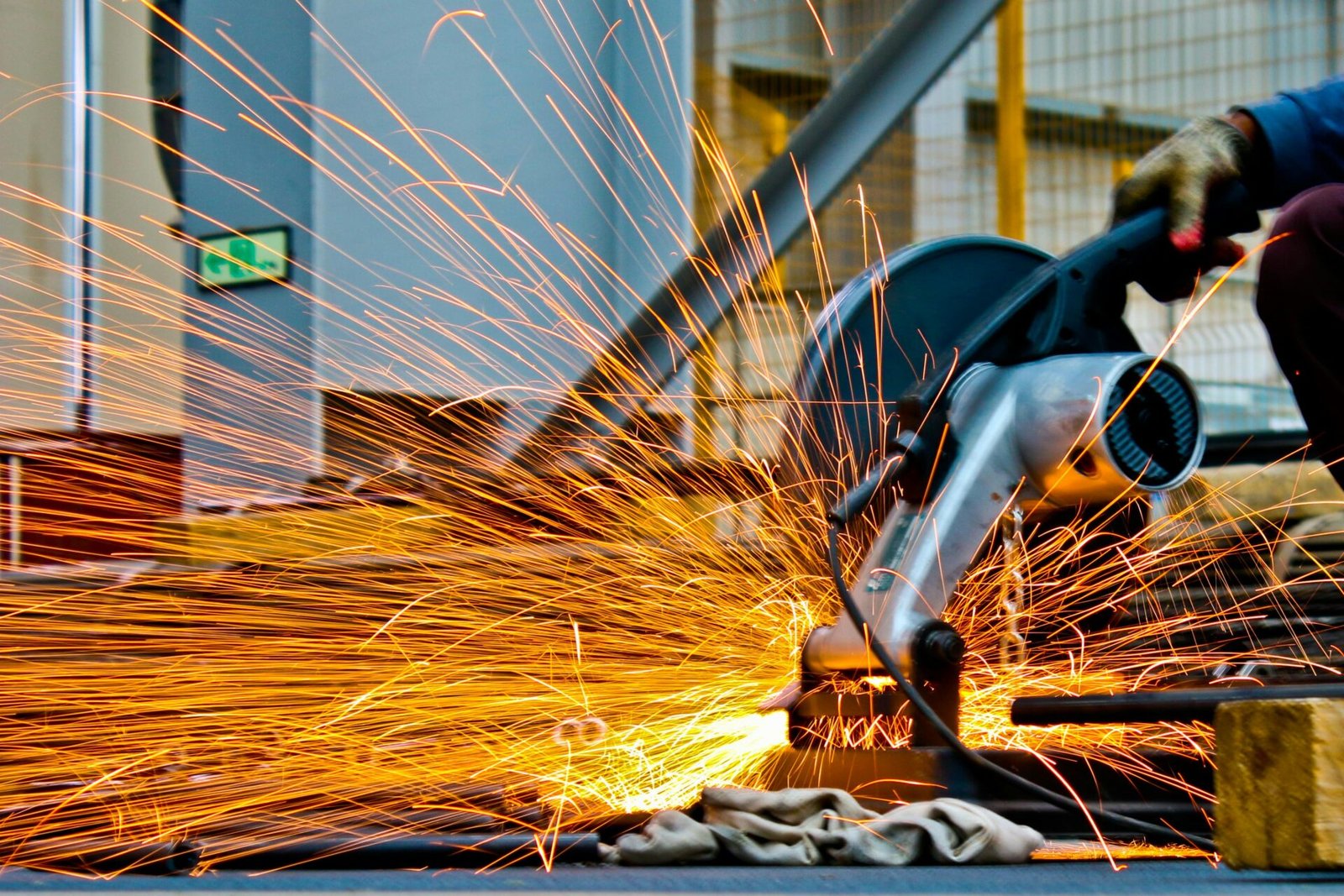Machining: Understanding Machine Work and Milling
CNC machining is a fundamental assembling process that includes molding unrefined components into completed parts by eliminating material through mechanical means. Two of the most widely recognized machining processes are machine work and processing. These techniques are generally utilized in ventures, for example, auto, aviation, and assembling for creating leaves behind accuracy and exactness. In this article, we will investigate what machine work and processing include, their applications, and how they vary from each other.
What is Machining?
Machining alludes to the method involved with utilizing instruments to remove material from a workpiece to make an ideal shape. It ordinarily includes processes like turning, processing, boring, and crushing. The objective is to accomplish the specific size, shape, and surface completion required for a particular part or part. Both machine work and processing are subtractive cycles, meaning material is eliminated instead of added.
Machine Work: An Overview
What is a Lathe?
A machine is a machine instrument used to turn a workpiece about its hub while slicing devices are applied to eliminate material. The machine is one of the most established and most flexible machines in the Metalworking techniques scene.
Sorts of Machine Machines
- Motor Lathe: The most well-known type, utilized for universally useful applications.
- Turret Lathe: Utilized for high-volume creation.
- CNC Lathe: PC controlled machine utilized for robotized, high-accuracy assignments.
Machine Work Operations
- Turning: The most widely recognized activity where the workpiece pivots and a solitary point slicing device eliminates material to frame round and hollow shapes.
- Facing: The cutting instrument moves oppositely across the finish of the workpiece, delivering a level surface.
- String Cutting: Delivering strings on the external or inward surface of the workpiece.
- Drilling: Making openings along the focal point of the turning workpiece.
Benefits of Machine Work
- Precision: Machines take into consideration exceptionally exact and steady creation of round and hollow parts.
- Versatility: Machines can perform different tasks like turning, stringing, and exhausting.
- High Creation Speed: Particularly with CNC machines, creation velocities can be exceptionally high.
Processing: An Overview What is Milling?
Processing is a Precision machining tools where a turning cutting device eliminates material from a fixed workpiece. The cutting device can move in various bearings, making processing ideal for creating leaves behind complex shapes and elements.
Kinds of Processing Machines
- Even Processing Machine: The slicing device’s hub is flat to the workpiece.
- Vertical Processing Machine: The slicing apparatus’ pivot is vertical to the workpiece.
- CNC Processing Machine: A PC controlled machine that considers exact processing with insignificant human mediation.
Processing Operations
- Face Milling: The cutting apparatus cuts along the outer layer of the workpiece to make level regions.
- End Milling: Includes utilizing a cutting device with teeth on the face and sides to eliminate material, frequently utilized for cutting openings and shapes.
- Slotting: Processing openings or scores into the workpiece.
- Drilling: Like utilizing a drill press, openings are made in the workpiece during processing.
Benefits of Milling
- Flexibility: Processing can deliver both level and unpredictable surfaces.
- Complex Shapes: Processing takes into account the development of mind boggling leaves behind itemized calculations.
- Precision: CNC processing machines can accomplish very elevated degrees of accuracy.
Machine versus Processing: Key Differences
While both machine work and processing are vital in the realm of machining, they vary fundamentally by they way they work and what they are best utilized for.
- Development of the Workpiece: In machine work, the workpiece pivots while the cutting apparatus stays fixed. In processing, the workpiece is fixed while the cutting apparatus pivots.
- Shapes Produced: Machines are the most ideal for delivering round and hollow parts, while processing can make a wide assortment of shapes, including level surfaces, unpredictable shapes, and openings.
- Complexity: Processing machines can deal with additional mind boggling calculations, making them ideal for nitty gritty work, while machines succeed in straightforward barrel shaped structures.
- Speed: CNC machines can be quicker for creating high volumes of barrel shaped parts, while processing machines are better for accuracy and complex subtleties.
When to Utilize Machine Work
Machine work is great for projects that include round and hollow shapes, similar to poles, shafts, and axles. It’s likewise phenomenal for stringing, penetrating, and exhausting along the pivot of a turning part. Machines are favored when high accuracy and roundness are required.
When to Utilize Milling
Machining processes ought to be utilized while making complex shapes or when various level or formed surfaces should be machined. Processing machines are great for cutting openings, cog wheels, and more perplexing parts that require accuracy. CNC processing is especially helpful for high-accuracy undertakings that include complex calculations.
CNC Innovation in Machining
The two machines and processing machines can be constrained by CNC (PC Mathematical Control) frameworks. CNC innovation takes into account profoundly exact machining with insignificant human intercession, further developing consistency and speed. CNC machines and plants are utilized for both little and enormous scope creation and can run constantly for high-volume undertakings.
Conclusion
Both machine work and processing are fundamental machining processes that fill various needs in the assembling scene. Machines are the most ideal for round and hollow parts and pivoting workpieces, while processing machines succeed at making complex shapes and surfaces. CNC innovation has progressed the two cycles, taking into consideration higher accuracy and speed. Picking between machine work and processing relies upon the sort of part being created and the degree of detail required.
